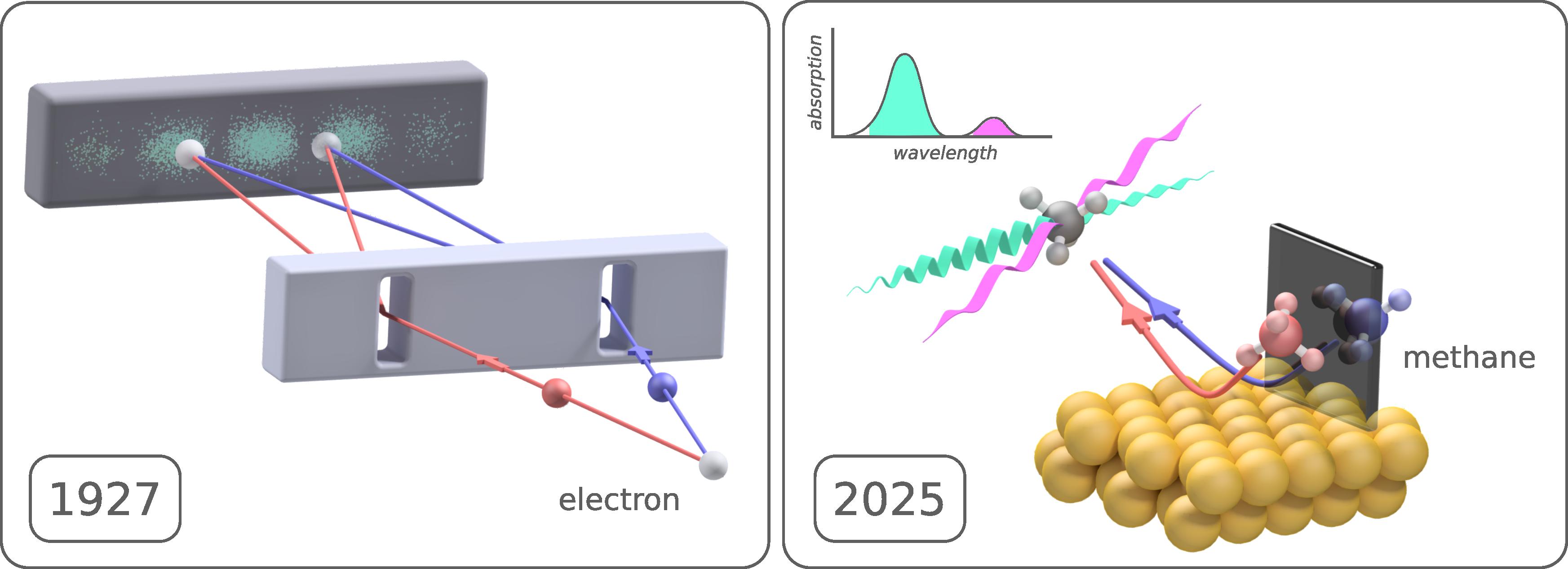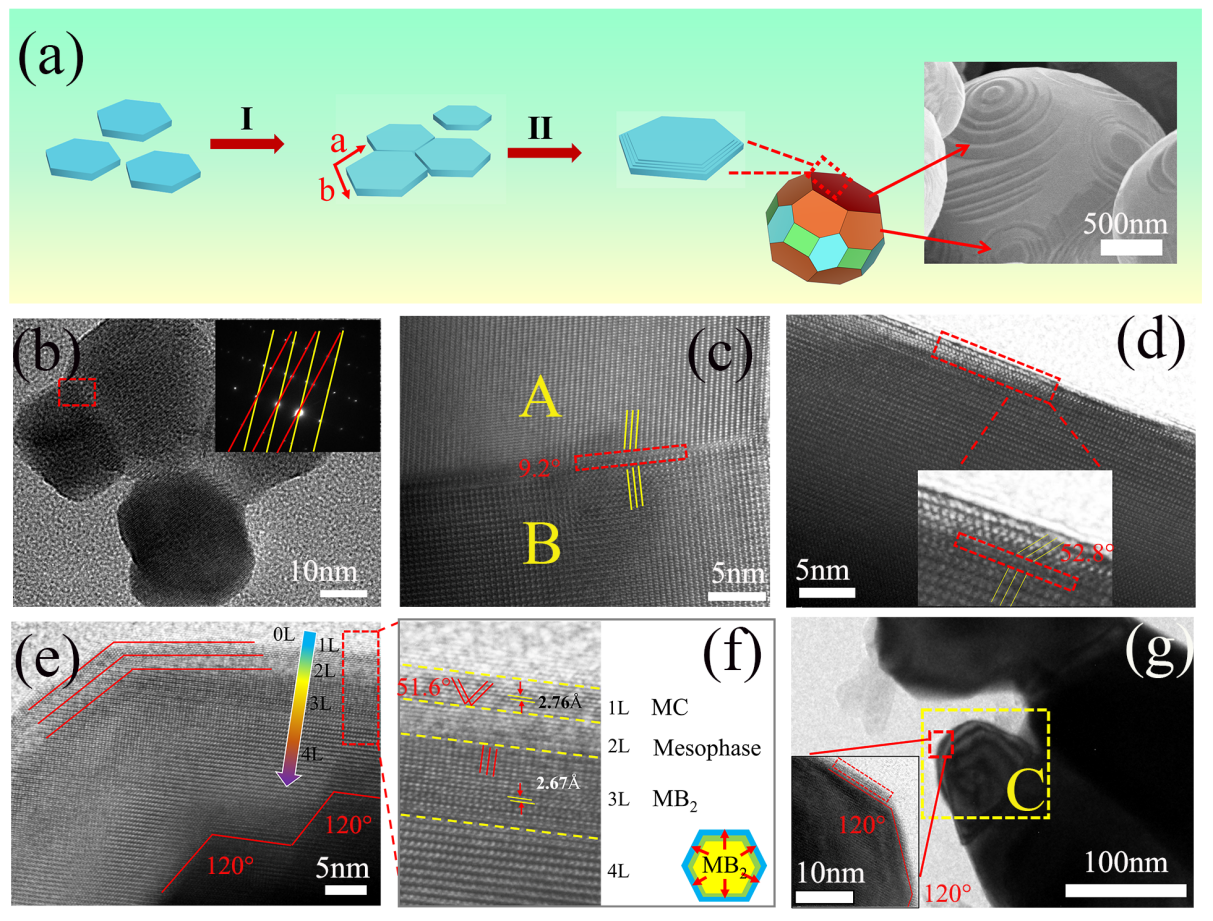2025-02-28 スイス連邦工科大学ローザンヌ校(EPFL)
 Almost 100 years after physicists Clint Davisson and Lester Germer at Western Electric first announced their observation of interference effects associated with the wave nature of the electron (1927), a new study shows a novel form of interference in the scattering of methane molecules from a metal surface. Whereas in Davisson and Germer’s experiment the effects of interference appear in the form of preferred angles of scattering, the interference effects observed in this study, which relate to the methane molecules’ rotational and vibrational motion, appear in the form of preferred absorption of specific wavelengths of light by the scattered molecules. Credit: Christopher Reilly (EPFL)
Almost 100 years after physicists Clint Davisson and Lester Germer at Western Electric first announced their observation of interference effects associated with the wave nature of the electron (1927), a new study shows a novel form of interference in the scattering of methane molecules from a metal surface. Whereas in Davisson and Germer’s experiment the effects of interference appear in the form of preferred angles of scattering, the interference effects observed in this study, which relate to the methane molecules’ rotational and vibrational motion, appear in the form of preferred absorption of specific wavelengths of light by the scattered molecules. Credit: Christopher Reilly (EPFL)
<関連情報>
- https://actu.epfl.ch/news/quantum-interference-in-molecule-surface-collision/
- https://www.science.org/doi/10.1126/science.adu1023
ナノ粒子表面の量子干渉が状態分解分子表面散乱で観測される Quantum interference observed in state-resolved molecule-surface scattering
Christopher S. Reilly, Daniel J. Auerbach, Liang Zhang, Hua Guo, and Rainer D. Beck
Science Published:27 Feb 2025
Editor’s summary
Interference effects are easily seen when light passes through closely spaced slits or bounces off an etched grating. Quantum mechanics dictates that an analogous type of behavior pertains to molecules, not just to light, but molecular interference tends to be harder to discern. Reilly et al. observed that when methane molecules scatter off a gold surface, an interference effect clearly manifests: Certain final rotational states are entirely suppressed depending on their reflection symmetry relationship to the incoming states. —Jake S. Yeston
Abstract
Although the dynamics of collisions between a molecule and a solid surface are ultimately quantum mechanical, decohering effects owing to the large number of interacting degrees of freedom typically obscure the wavelike nature of these events. However, a partial decoupling of internal molecular motion from external degrees of freedom can reveal striking interference effects despite significant momentum exchange between the molecule and the bath of surface vibrations. We report state-prepared and state-resolved measurements of methane scattering from a room-temperature gold surface that demonstrate total destructive interference between molecular states related by a reflection symmetry operation. High-contrast interference effects prevail for all processes investigated, including vibrationally excited and vibrationally inelastic collisions. The results demonstrate the distinctly quantum mechanical effect of discrete symmetries in molecular collision dynamics.



